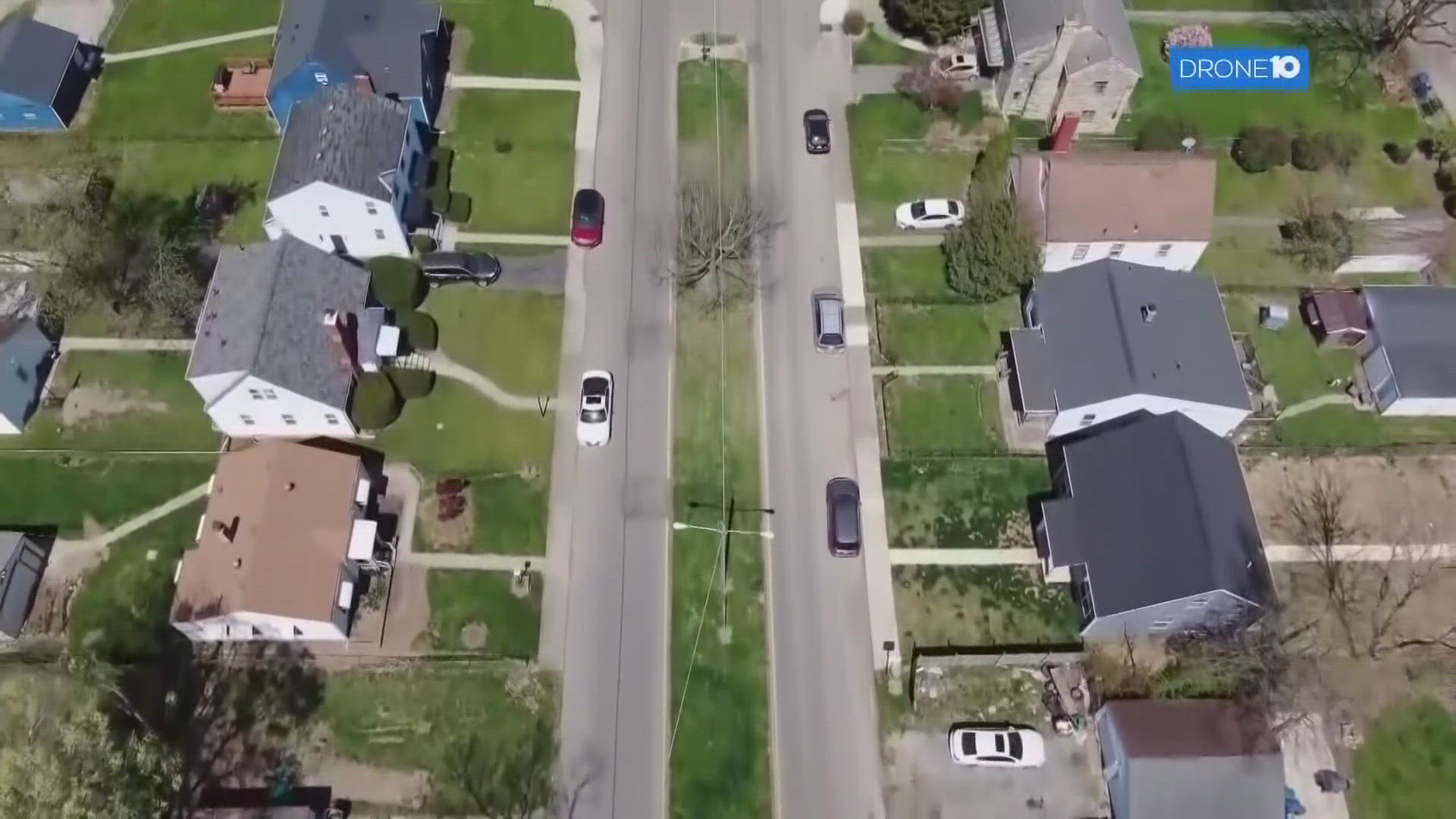COLUMBUS, Ohio — The streets of Columbus look much different today than they did when Shannon Hardin was a kid. The entire region has grown, marking the city skyline with skyscrapers and once-empty land with new development.
And the growth is just beginning.
This story is part of 10TV's "Boomtown" initiative — our commitment to covering every angle of central Ohio's rapid growth. This includes highlighting success stories, shining a light on growing pains and seeking solutions to issues in your everyday life.
“We’re expected to grow by a million folks in the next 15, 20 years,” said Hardin, who is Columbus City Council President. “Folks are coming here because we have a good thing going on.”
Central Ohio does have a good thing going on. The population is growing, and the economy is booming with new industry, including two Intel semiconductor plants in Licking County. The $28 billion investment will bring 3,000 jobs to the region and more than 350 suppliers that plan to move to Ohio to be close by.
But Columbus Mayor Andrew Ginther says the good won’t last if we don’t plan for the boom. As the region expects an influx of new neighbors, Central Ohio needs at least 200,000 new homes in the next decade to maintain its current affordability.
“That’s why the best way for us to deal with that is to dramatically increase the supply,” Ginther said.
Columbus City Council passed Zone In this summer, revamping zoning code for the first time in 70 years. It allows for denser and mixed-use development in certain parts of Columbus, including King-Lincoln Bronzeville, the Short North, and Franklinton.
Zone In will allow Columbus to build 44% of the region’s necessary housing within its city limits.
“Before that code, the major corridors in our city, we would have added 6,000 units over the next 10 years for housing,” Ginther said. “Because of these code changes, we’ll be able to get 88,000 units into the pipeline to help us deal with this supply crisis that’s impacting the region.”
Hardin and Ginther believe that a robust housing supply will increase competition in the city and lower the cost of living in Columbus. Supply and demand – it's an economic rule of thumb that worked for another Boomtown way down south.
“A funny joke right around Austin is the official bird of Austin is the crane,” Rich Fortune said.
Fortune moved to Austin, Texas three years ago and runs his startup company, Hangtight, from his downtown apartment. Last year, the Texas capitol added 20,000 new housing units to its supply. Fortune said the impact is clear on the city skyline and his wallet.
“My first one bedroom was around $2,500 a month,” he said. “As more condos were built across the river and throughout downtown Austin, East Austin, I was able to get a $500 reduction on this apartment that I’m in right now. It’s very competitive.”
That competition is a relief to many people living in Austin. Housing prices swelled during the pandemic as more than 120,000 migrated to the Austin-Round Rock metro. Austin city leaders say that was their wake-up call. They changed their zoning code to allow denser development and cut their lot sizes.
“That has made it possible to build smaller units closer together to get more different types of housing,” Austin Mayor Pro Tem Leslie Pool said.
Hardin said Columbus still has time to remain affordable, but we must use it wisely.
“You can look at Austin, and you can look at Nashville,” he said. “Cities that didn’t have fast-paced growth and didn’t have enough time to plan for it. They didn’t have enough time to plan housing.”
“If we don’t take advantage of the time we have to prepare for this, then we could turn into that,” he said.

